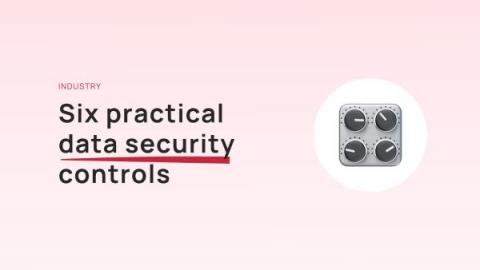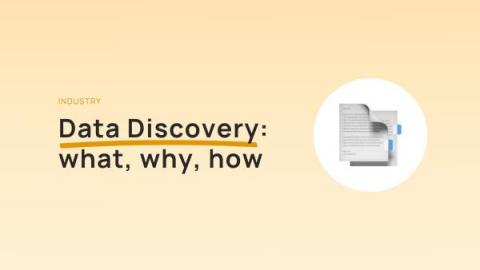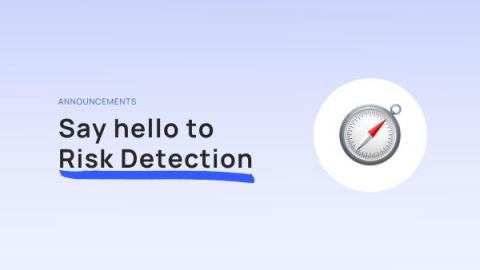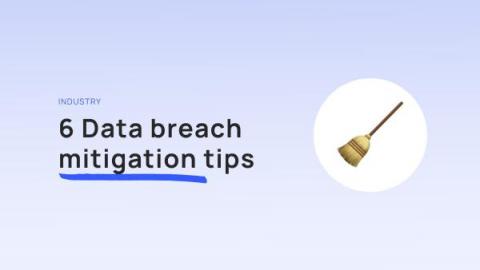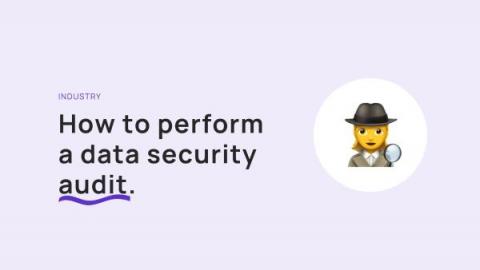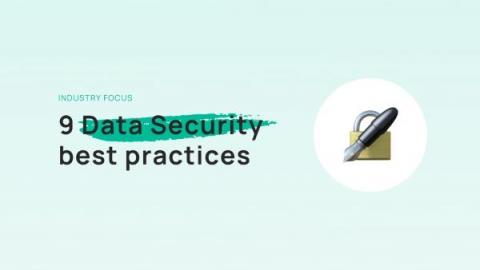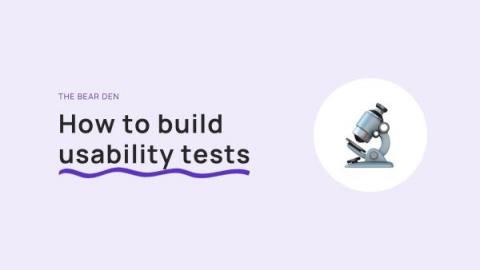Data Security Controls: Six Types and How to Implement Them
According to IBM's 2021 report, the average data breach cost more than $4 million worldwide in 2021. In the United States, that number rises to $8 million. That's an over 10% increase over the previous year. So, data breaches are a significant business risk. But costs aren't the only reason to tighten your security. Breaches hurt your clients and your company's reputation. You've seen data breaches in the news. Every day brings news of a fresh attack.


